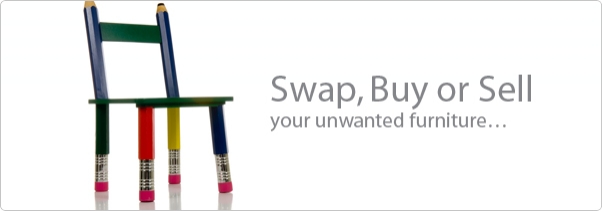
Choose timber without harming the environment
Tuesday 8th December 2009
Buying the wrong kind of wood can contribute to the destruction of tropical rain forests. Here's how to choose timber without harming the environment.
From an environmental angle, wood can be the best or the worst of materials. When harvested from sustainably managed forests, it's near perfect: durable, recyclable and requiring minimal energy to produce.
But when harvested unsustainably it can be an ecological disaster. This is especially true for wood logged in tropical rain forests, which are home to around half of the world's species and an equal proportion of the carbon locked up in ecosystems around the world.
Wood, trees and climate change
All trees pull CO2 from the atmosphere as they grow. The oxygen is released back into the air and the carbon becomes the basis of the tree's growth. This means that wood is largely made of greenhouse gas extracted from the air.
In that respect, long-lasting wooden products can be super-green. But if getting the wood involves clear-cutting tropical forests and not replacing them, then the overall impact can be negative and huge. CO2 that was previously locked up in soils and foliage is released into the atmosphere, and the total area of carbon-absorbing forest is reduced.
All told, tropical deforestation accounts for as much greenhouse gas as the entire global transport sector. It also presents a massive threat to biodiversity, including the animals and plants that rely on forests. According to some groups, up to 10% of the world's tree species are threatened with extinction.
Sustainable wood
The most reliable way to choose environmentally friendly timber and wooden products is to look out for the Forest Stewardship Council (FSC) logo. The FSC is a charity which certifies wood, paper and other tree products that have come from sustainability managed forests.
There are various other timber certification schemes out there, including PEFC, CSA and SFI. However, the FSC is most the widely recommended by environmental groups and most commonly used on consumer products. No certification, of course, is 100% foolproof.
Which woods?
If you're thinking about buying a wooden product that doesn't bear the FSC logo, consider the type of wood it is made of. Wood from trees native to Europe, such as pine, oak, beech and birch, pose lower environment risks than those from tropical and subtropical trees such as mahogany, teak, rosewood and ebony.
These kinds of tropical hardwoods are used not just in furniture, but also in products ranging from snooker cues and salad bowls to musical instruments.
Another green option is reclaimed (used) wood - there is plenty around, in forms ranging from floorboards to furniture. It's often just as expensive as new wood, but it can also be more attractive.
As a consumer, making choices like these will ensure the wood products you buy prevent environmental harm and contributes to a healthy and sustainable future.
Credits - BBC Green, part of BBC Worldwide





